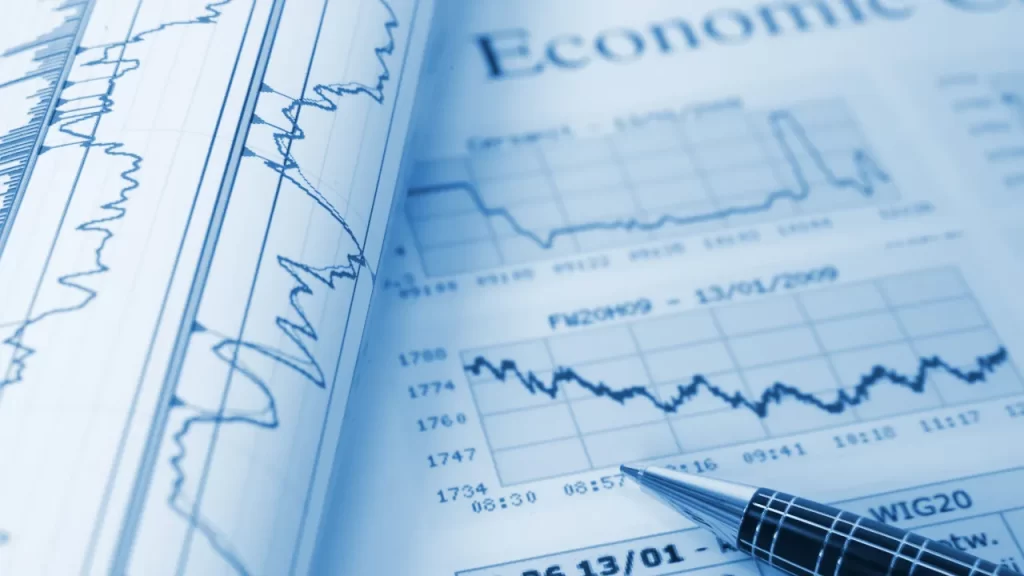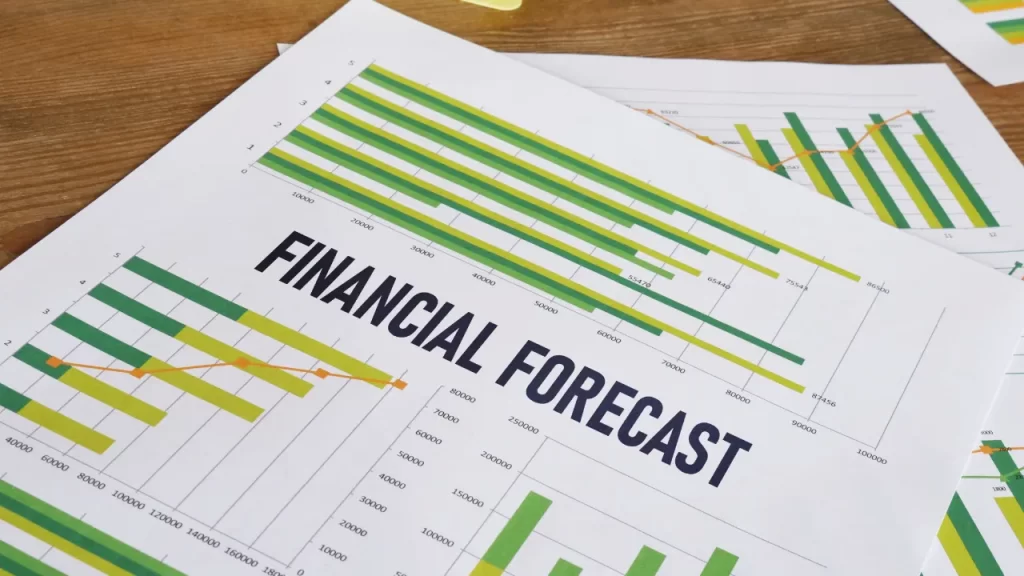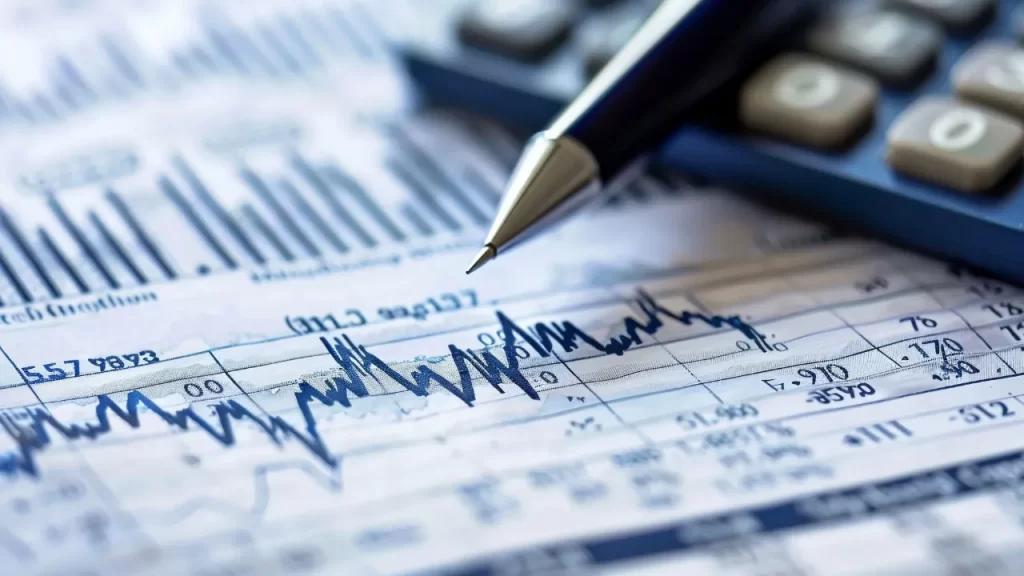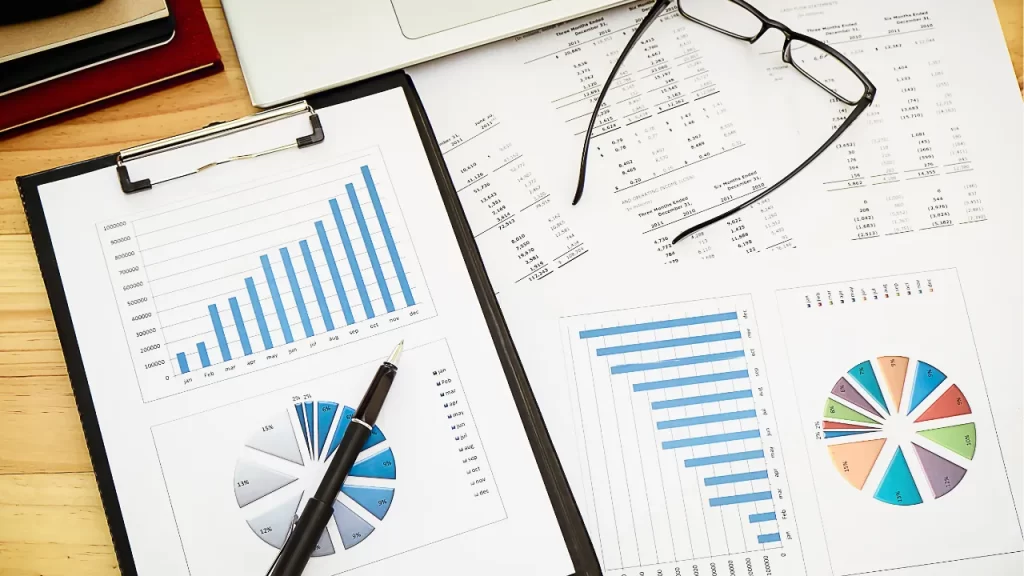Economic reports play a crucial role in CFD trading, as they provide valuable insights into market conditions, interest rates, inflation, and overall economic health.
Successful CFD traders use these reports to anticipate market movements, adjust their strategies, and manage risk effectively.
In this guide, we’ll cover the key economic reports, how to interpret them, and their impact on CFD trading.

Why Economic Reports Matter in CFD Trading
Economic reports provide real-time data about a country’s financial performance, influencing currency pairs, stock indices, commodities, and bond markets. Traders use this information to:
- Identify market trends and volatility
- Anticipate price movements in CFDs
- Adjust trading strategies based on economic conditions
- Manage risk by avoiding high-impact news events

Key Economic Reports Every CFD Trader Should Watch
Several economic indicators have a significant impact on financial markets. Below are the most important ones:
1. Gross Domestic Product (GDP) Report
- Measures a country’s total economic output.
- Impact on CFDs: A strong GDP signals economic growth, boosting stock markets and local currencies. A weak GDP can lead to declines in stock indices and a weaker currency.
2. Interest Rate Decisions
- Set by central banks (e.g., South African Reserve Bank, Federal Reserve, ECB).
- Impact on CFDs: Rate hikes strengthen a currency and can pressure stock indices lower. Rate cuts weaken a currency but can boost stock markets.
3. Inflation Reports (CPI & PPI)
- Consumer Price Index (CPI): Measures inflation at the consumer level.
- Producer Price Index (PPI): Tracks wholesale inflation.
- Impact on CFDs: High inflation can lead to higher interest rates, affecting stocks and forex markets. Low inflation may result in stimulus measures, boosting market sentiment.
4. Employment Reports (NFP, Unemployment Rate)
- Non-Farm Payrolls (NFP): U.S. employment data released monthly.
- Unemployment Rate: Indicates labor market health.
- Impact on CFDs: A strong labor market supports economic growth, benefiting stock markets. Rising unemployment may indicate economic weakness, leading to market declines.
5. Central Bank Meetings & Statements
- Federal Reserve (FOMC), ECB, BoE, SARB, etc. release policy decisions.
- Impact on CFDs: Hawkish statements (favoring higher rates) strengthen a currency but weaken stocks. Dovish statements (favoring lower rates) weaken a currency but boost equities.
6. Trade Balance & Retail Sales Reports
- Trade Balance: Measures exports vs. imports.
- Retail Sales: Indicates consumer spending strength.
- Impact on CFDs: A trade surplus can boost a country’s currency. Weak retail sales may signal economic slowdown, affecting stocks.

How to Interpret Economic Reports for CFD Trading
Check Market Expectations vs. Actual Data
- Economic reports come with analyst forecasts (consensus estimates).
- If actual data is better than expected, the market may react positively.
- If data misses expectations, markets may react negatively.
Understand Market Reaction to Data Releases
- Strong economic data does not always mean a bullish market.
- Traders must assess whether the data:
- Aligns with central bank policy expectations
- Triggers a change in interest rates or risk sentiment
- Impacts specific asset classes differently
Monitor Volatility Before and After Releases
- High-impact reports (NFP, interest rate decisions) often lead to spikes in volatility.
- Traders should be cautious of whipsaws and false breakouts immediately after news releases.

Trading Strategies Using Economic Reports
1. Trading Before the Report (Anticipatory Trading)
- Identify market expectations and price action leading up to the event.
- Enter trades based on historical reactions to similar reports.
2. Trading After the Report (Reactionary Trading)
- Wait for the initial volatility to settle before taking a position.
- Use technical indicators (support/resistance, moving averages) to confirm trend direction.
3. Avoiding Market Noise (Position Traders)
- Long-term traders should focus on overall trends rather than short-term reactions.
- Use economic data trends over time instead of single data points.

Tools & Resources for Tracking Economic Reports
Economic Calendars
Stay updated on upcoming reports using:
- Investing.com Economic Calendar
- ForexFactory Calendar
- TradingView News Events
Live Market News Feeds
- Bloomberg, Reuters, CNBC for real-time analysis.
- Twitter/X financial accounts for instant market reactions.
Central Bank Websites
- South African Reserve Bank (SARB)
- Federal Reserve (Fed)
- European Central Bank (ECB)

Common Mistakes When Using Economic Reports in CFD Trading
- Overreacting to a Single Report: Markets move based on long-term trends, not just one data point.
- Ignoring Market Sentiment: Even strong data may not rally the market if sentiment is negative.
- Entering Trades During Extreme Volatility: Spikes in volatility can trigger false breakouts and stop-loss hunting.
Final Thoughts
Understanding economic reports and their market impact is crucial for making informed CFD trading decisions.
By analyzing reports in the context of market expectations, sentiment, and central bank policies, traders can anticipate trends, manage risk, and improve their trading performance.






